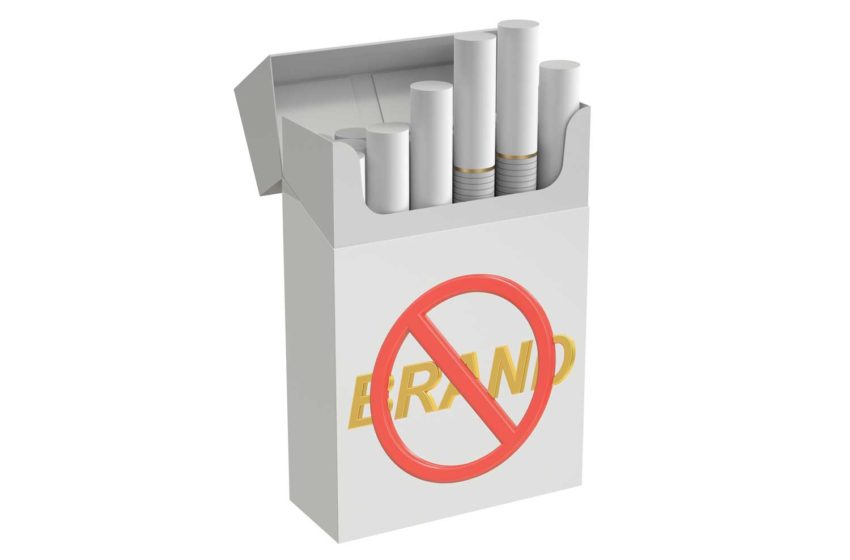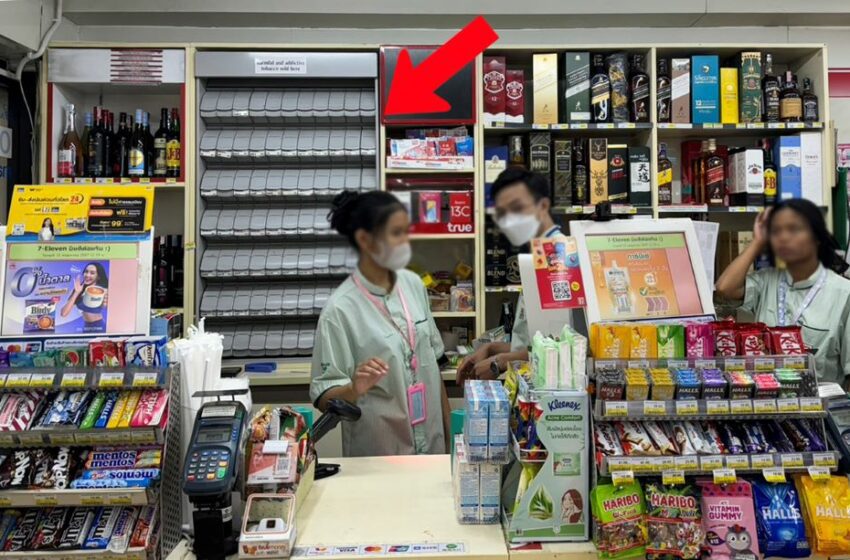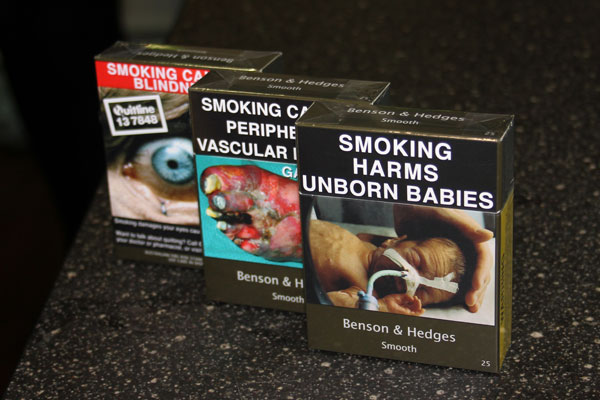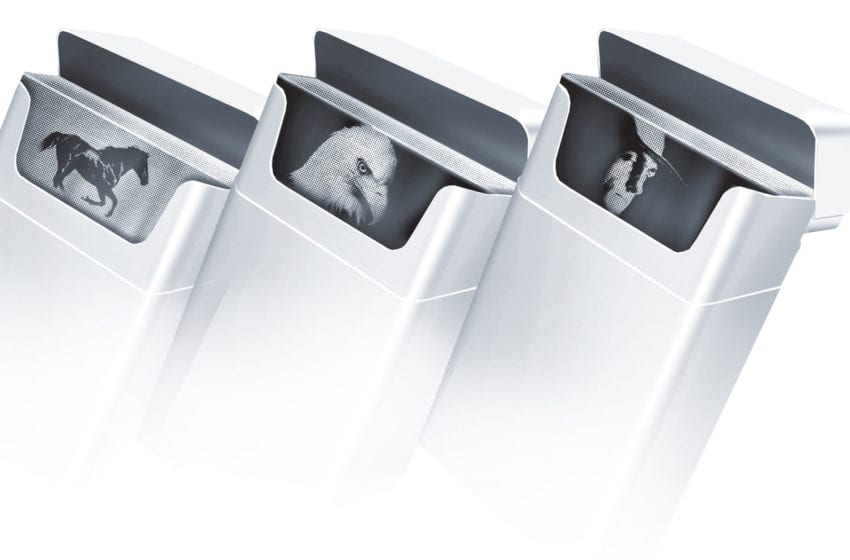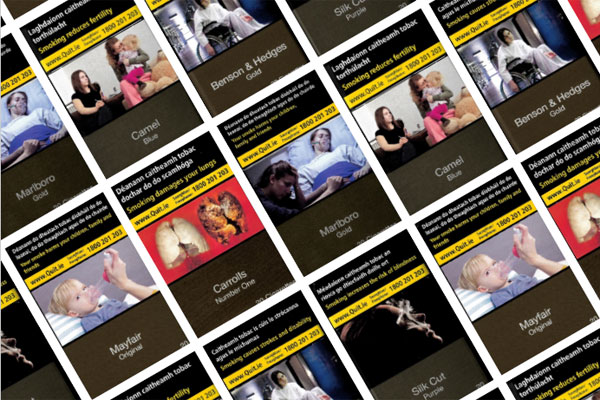The nation is the second African country to implement the measure after Mauritius. Read More
Tags :Plain Packaging
Not all is lost for brand owners operating in dark markets.Read More
Nearly 140 countries and territories now also require graphic warnings for tobacco.Read More
The measure also mandates health warnings covering 65 percent of the packaging. Read More
Creative packaging allows for branding and distracts from health warnings, say critics. Read More
The country is the first in Africa to enact legislation requiring generic cigarette packaging. Read More
Twenty-one countries/territories have adopted the measure and 14 are working to implement it. Read More
The legislation accounted for about a quarter of the decline in smoking, says expert.Read More
Saudi study refutes suggestions that tobacco flavors changed after plain packaging. Read More
Retailers may continue selling their current stock of branded tobacco products for a year. Read More
